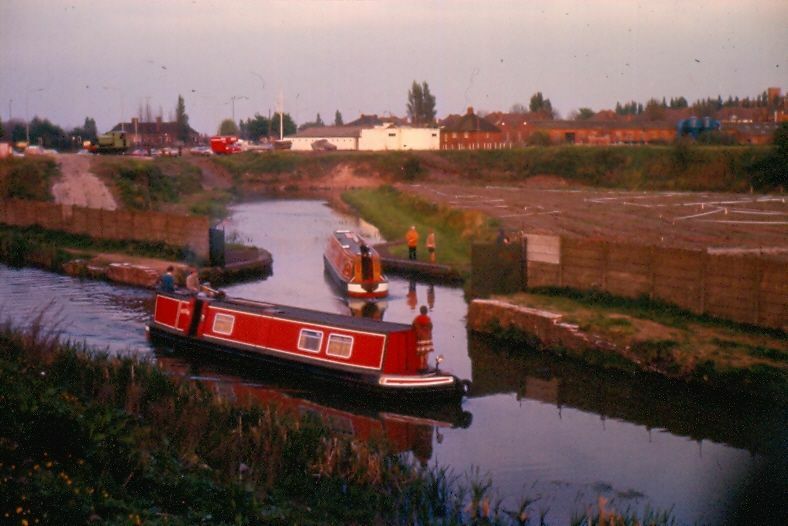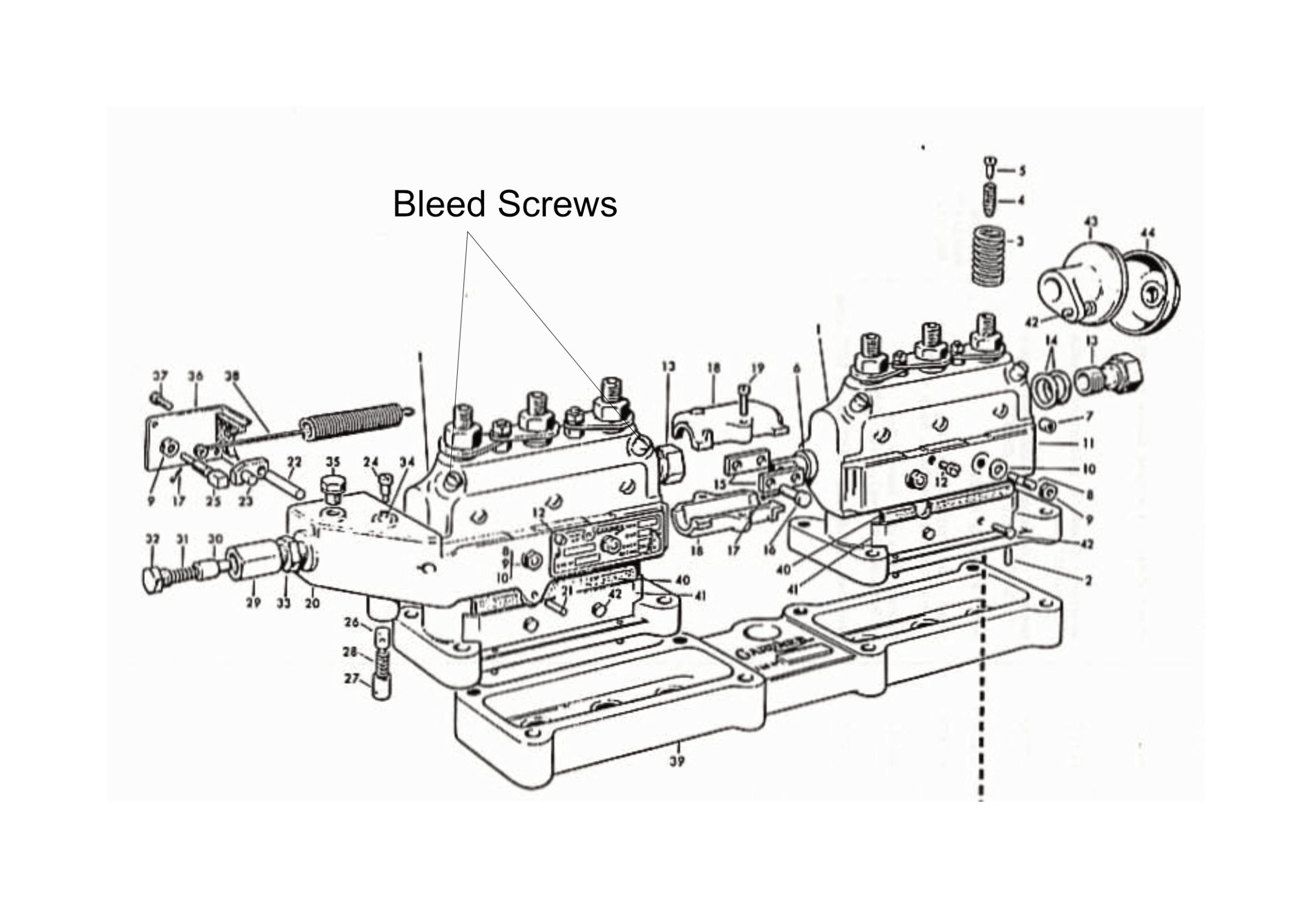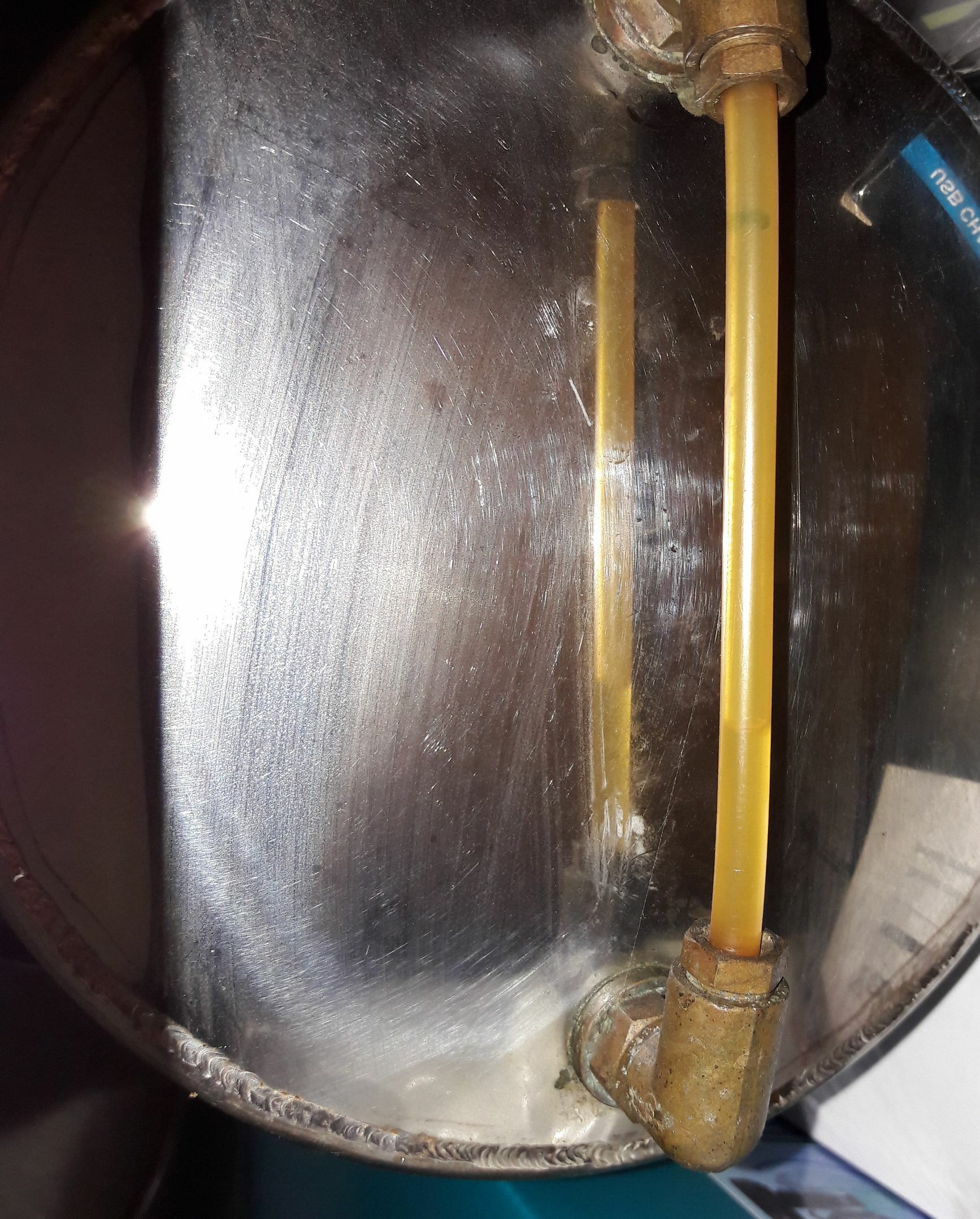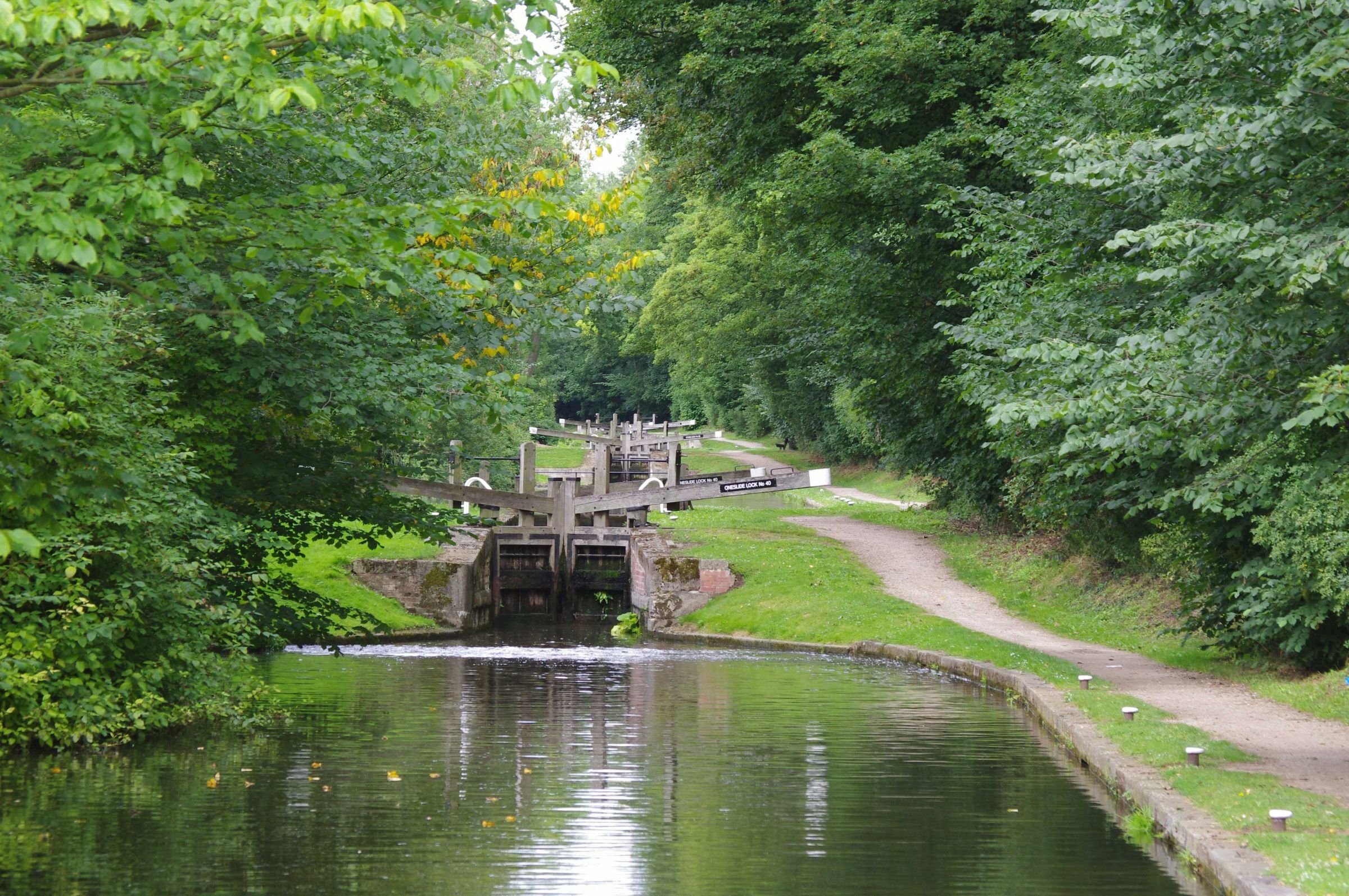

Split Pin
-
Posts
243 -
Joined
-
Last visited
Content Type
Profiles
Forums
Events
Gallery
Blogs
Store
Posts posted by Split Pin
-
-
Enterprise has a 5L2 not LW., The LW series came later
-
 2
2
-
-
The extra paddle has a triangular spindle.
-
On 13/03/2023 at 17:47, Stroudwater1 said:
I dont believe anyone missed your interesting and useful post, it seems that there have been various boatbuilders and related works in Diglis over a relatively short time, despite Diglis basin being only able to accommodate a fairly small area for boat builders/ works. It would be useful for the OP to know when Watercraft started and finished and whether they took over their area from others such as Bryan Jones, it may interest the OP and others coming back to this at a later date perhaps. Its also stimulated some pictures which has been really interesting to see from the 60s.
Pinders and Grist Mill current structures seem to figure later. I was always under the impression that the dry dock was owned by BWB in the 80s but that may well be incorrect.
The dry dock was owned and run by BW up until about 1990. I used it in 1987 and again I think in 1988, I feel sure that the next time I went to book it it was under the management of Pinders. The day to day management under BW at that time was carried out by Roger Hatchard. Stourport was also a BW dry dock which was subsequently leased out to a third party.
-
 2
2
-
-
-
The wheel drives a gear pump which is piped to a double acting cylinder, so depending on the direction of rotation of the hand wheel will engage Ahead or Astern.
The bowden cable connect to the gearchange mechanism and moves the position indicator.
-
The one in the picture is the Gardner type that was supplied for both the 2UC & 3UC Gearboxes, most of which will have been fitted to fishing boats

-
 1
1
-
-
Ferrybridge was my original inclination but my memory suggests that the river-canal bank is much higher now, and I don't remember the Aire being as wide as it appears in the photograph.
Maybe the bank was raised when the locks were mechanised.
-

A photograph of an X craft used during the war years, The photograph looks to be a lock on the Aire and Calder but which one?
-
Your primary filter is on the suction side of the pump so you wont get any fuel to bleed out of the filter.
Up to a point the system will self bleed as there is a return to tank from the on engine secondary filter.
To manually bleed out the system there are 2 bleed points on the injection pump. one either end facing out at 45 deg just below the top of the pump where the sprayer pipes are attached.
The one in the video is on the delivery side of the lift pump

-
I had the same problem with a 750 fitted to a Gardner 3LW, although my tick over is 300rpm the engagement was very fierce, this is the root of the problem, when engagement either forward or reverse is selected the clutch engages rapidly without slipping, the propeller is accelerated up to speed, because there is virtually no load at this point the propeller continues to accelerate and reverses the backlash in the drive train before everything settles down hence the engagement noise. Like others I had spoken to PRM,s technical man who was very helpful suggesting that the twin accumulator modification should sort the problem, at this time the idea was very new and had been developed by a Dutch Company, another suggestion was to fit a Trolling Valve typically used in fishing boats, this allows the engine to be run at higher rpm for running ancillaries but allows the drive to be set at a lower level, the trolling valve is a proportional hydraulic valve which in its basic form switches on and off rapidly so engaging and disengaging the clutch. A soft start valve is probably the same thing now sold under a different title.
I didn't like the price of either of the options at that time so set of to develop my own version , After a few experiments I found that engagement was quiet if the initial pressure was reduced to 80-100 psi. So I built a valve block that integrated a 100psi relief valve and a 2 position electrically operated valve which I fitted it into the oil pump circuit, In neutral the valve is held open. So the oil pressure is restricted to 80/100psi on engagement. The valve closes after a time delay once ahead or astern is engaged when full pressure is then applied. When the gearbox oil is cold engagement is silent. When the oil gets hotter it will on occasions knock but nowhere as heavily as without the modification. It has been on now for around 20 years without any problems.-
 1
1
-
-
When setting the tickover follow the instructions in the manual very carefully. It is set by the flanged nut on the end of the governor housing, not the screws on the throttle lever. The rack buffer (the hex screw as seen in the pic above from Chris) needs to be carefully set as well particularly when the tickover is set to 320 rpm as per the manual..
The spring that is fitted looks like it was for a 6LW where it has to do much more work, I assume that you have ordered this one https://gardnerspares.com/product/spring-rack-bar-2-point/
Where is your boat moored? I may be able to help.
-
If it’s a South African repatriation then it will have been fully overhauled by someone, unless it sounds like it’s falling apart and burning oil when running there is little to be bothered about. Minor oil leaks from the block to crankcase and block to cylinder head are the most common issue , there are plenty of pipe connections that can leak but once sorted are usually ok. There are quite a few 70 footers with 2LW’s fitted, at 28bhp they are more than up to the job on rivers. Like any old engine there can be issues with corrosion, The water rails are common areas where corrosion can cause failure.
-
9 hours ago, TheCoot said:
Was the bearing failure due to a lubrication fail, or was it a faulty end shell?
Don't really know why it had failed, given the level of bodging, it was probably due to being very poorly assembled, maybe even bad regrinding, when I checked the bearings and crankshaft there was more taper in the grinding than the specified clearances for the bearing!
-
-
3 hours ago, Tracy D'arth said:
What dedication to answer a forum question! Not many would tear down their engine to make a post.
In true Blue Peter style "One I prepared earlier"
-
-
2 hours ago, David Mack said:
We were on the BCN Challenge a few years ago, going up the Rushall flight until we got to the long pound which was well down and Fulbourne went hard aground. Ferrous came up the lock behind us, managed to get past and took us in tow. Given that it must have a lesser draft than Fulbourne there must be a pretty big prop behind Ferrous's 5LW. Because we were dragged along the rest of the pound at reasonable speed - shake, rattle and roll as we bounced our way over bricks, rocks and goodness knows what else. A good job we didn't know at the time quite how thin some of Fulbourne's bottom is!
Ferrous has a 24" X 20" prop. Edwin made a mould from an older Bolinder Blade which was probably ex Claytons of Oldbury. Then Cast his own propeller. Its driven by a 3LW and 1.5:1 gearbox so plenty of oomf!
-
When it was possible to have it as a tender Edwin took it all over the system, once the licensing changed it was put into storage at the family home. If my memory is correct it was originally fitted with an LE Velocete engine. It is now fitted with a 2cl Kubota, Don't know how the licencing system updates but it probably has a one month licence to cover the BCN challenge.
-
-
-
It maybe that the easy one was already towards the end of the fuel element travel in which case it wouldnt be in a position to let more fuel in so nothing to pump. If the engine is running correctly there is probably nothing to be concerned about. You might try it again now that the engine has been running and see if it is the same or if it is now about the same as the other one.
-
When Gardner reintroduced the 2LW they supplied them with a PRM260. The official tickover is set at 410rpm but can be reduced to 330rpm I have not heard of anyone having a problem with the clutches slipping. I have a PRM750 on a 3LW with the tickover set at 310 rpm it has been installed for around 20 years without any problem, we also have a PRM500 attached to a 3LW which has done over 12,000 hrs, it was stripped a couple of years ago for inspection, the clutch plates showed hardly any sign of wear. You only need full clutch pressure to deliver max power so any shortfall of pressure at lower rpm is generally inconsequential. I have also had a PRM 160 fitted to a 3LW that was transfered to a Perkins 3 Cly and is now on a 2LW, it is now comming up to 37 years old and is still on its original (sintered bronze) clutch plates. The more common problem with slow tickover is gearbox rattle, this can be overcome by fitting an R&D high deflection drive plate.
Steven
-
7 hours ago, Captain Pegg said:
I did anticipate that some more learned members than I may take issue with that statement but I think in general it's true and also that perhaps no company ever officially named it's canal. For instance what would the boaters and public naturally call the canal that went to Oxford and displayed notices bearing the legend 'Oxford Canal Company'?
That would explain the variances i.e. there is no absolutely right or wrong name of any canal.
I completely agree with your points on the BCN, the Stourbridge is BCN and the B&F isn't by environment. Although in other ways - such as lock furniture - the B&F is more BCN than the Stourbridge, which has a kinship with the Staffordshire & Worcestershire Canal. There are ultimately no rules for what a BCN canal looks like other than the one defining feature - that the canal was owned by the BCN. It also brings to mind that while I was cruising the Birmingham & Warwick Junction recently (whose name strangely reverses order of the main line, the Warwick & Birmingham) my father kept referring to it as the Saltley Canal which is how we referred to it when we first went that way in the early 80s. He had great trouble trying to comprehend which canal we were on as we traversed through Salford, Bordesley, Proof House, Aston and Farmers' Bridge junctions to finally arrive at that place whose name has filled an entire thread on the forum.
The Stourbridge Canal was never a part of the BCN. The propreiters were the Stourbridge Navigation Company. At one time there was a BCN boundry marker next to the road bridge at the bottom of the Delph Locks
-
CAV manual says 12cc of oil, it soaks into a felt pad. It should ideally be done a couple of times a year










Gardner 1L2
in Gardner
Posted
Gardner Engine Forum holds rallies for narrowboats, commercial vehicles and stationary engines every two years in different parts of the country, every other year we hold our AGM at different locations which have some association with Gardner Engines. We also produce two newsletters per year,If you are interest in joining us at this years rally the entry form can be downloaded here http://www.gardnerengineforum.co.uk/Rally Entry Form Alvecote 2023.pdf, or just come along and see if its for you. either way its free.
Steven